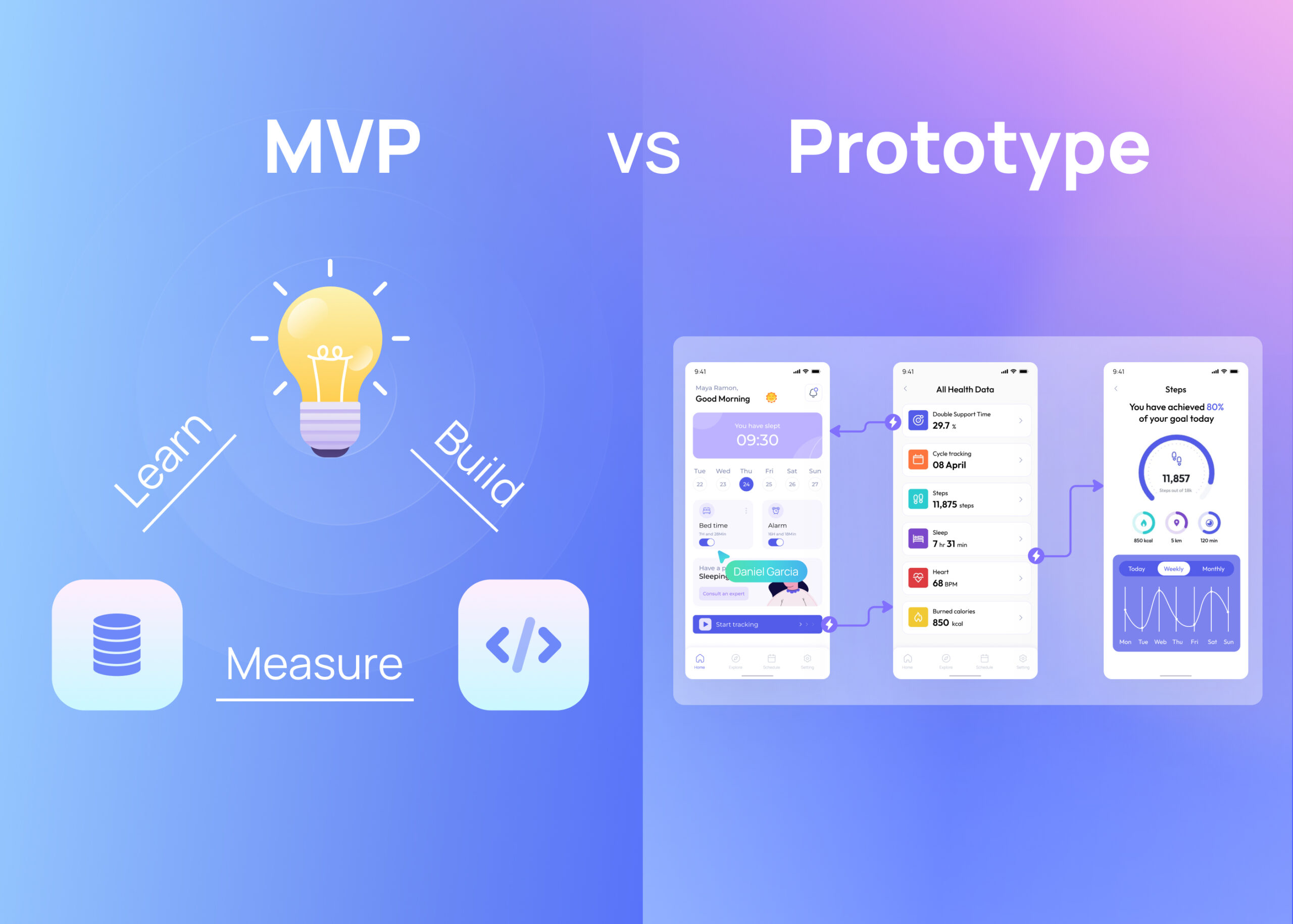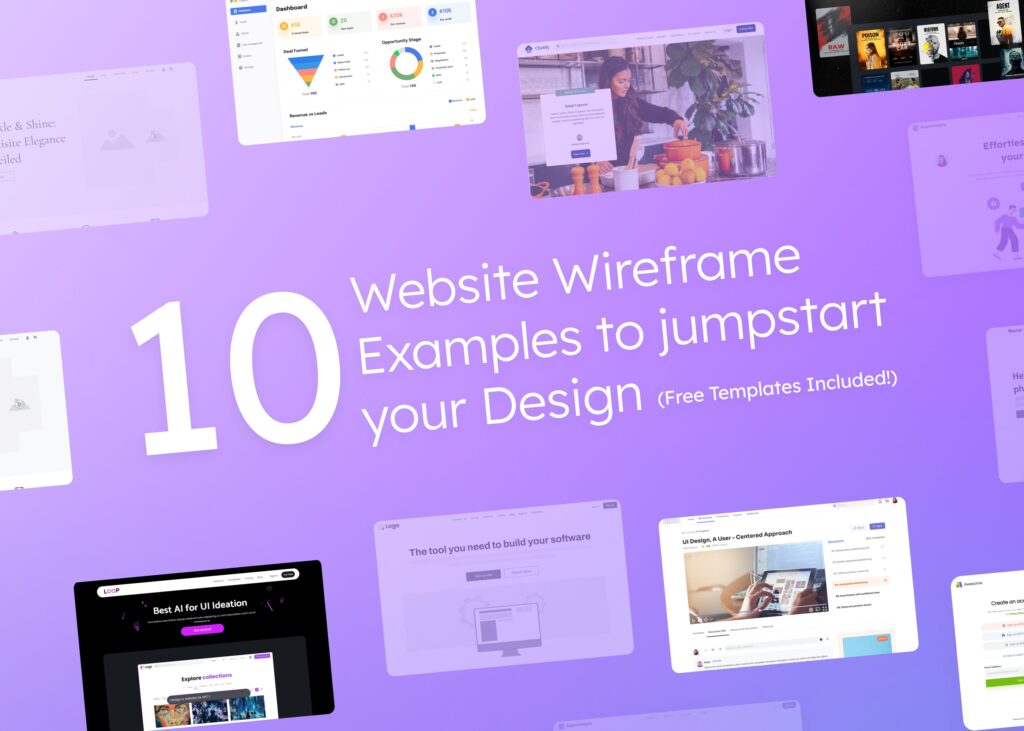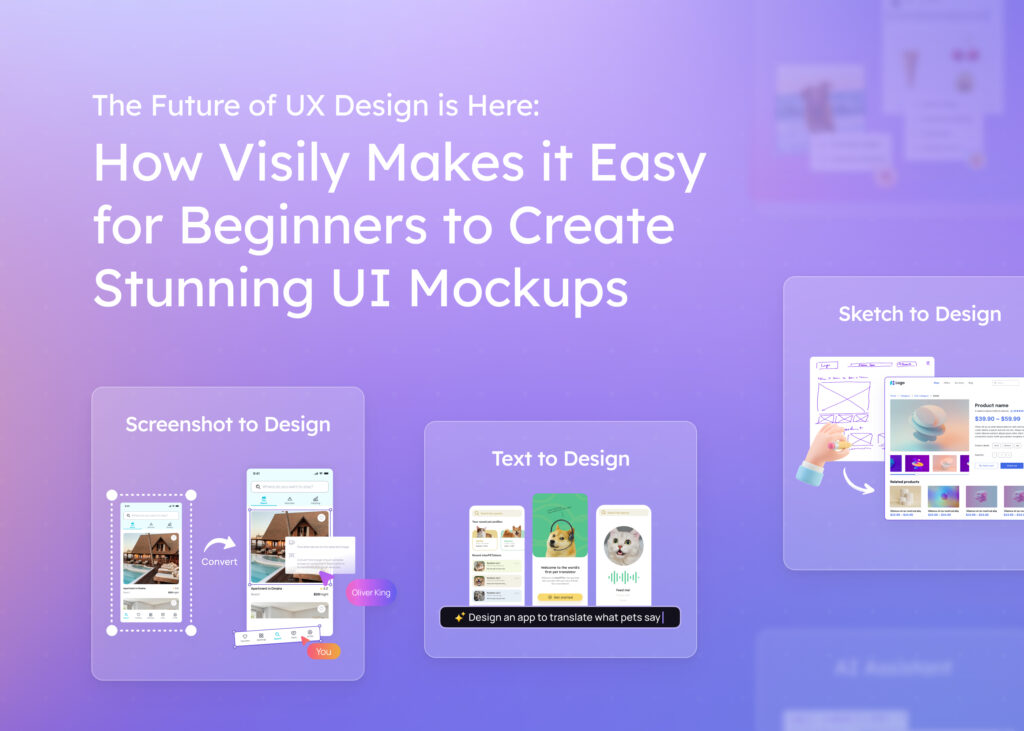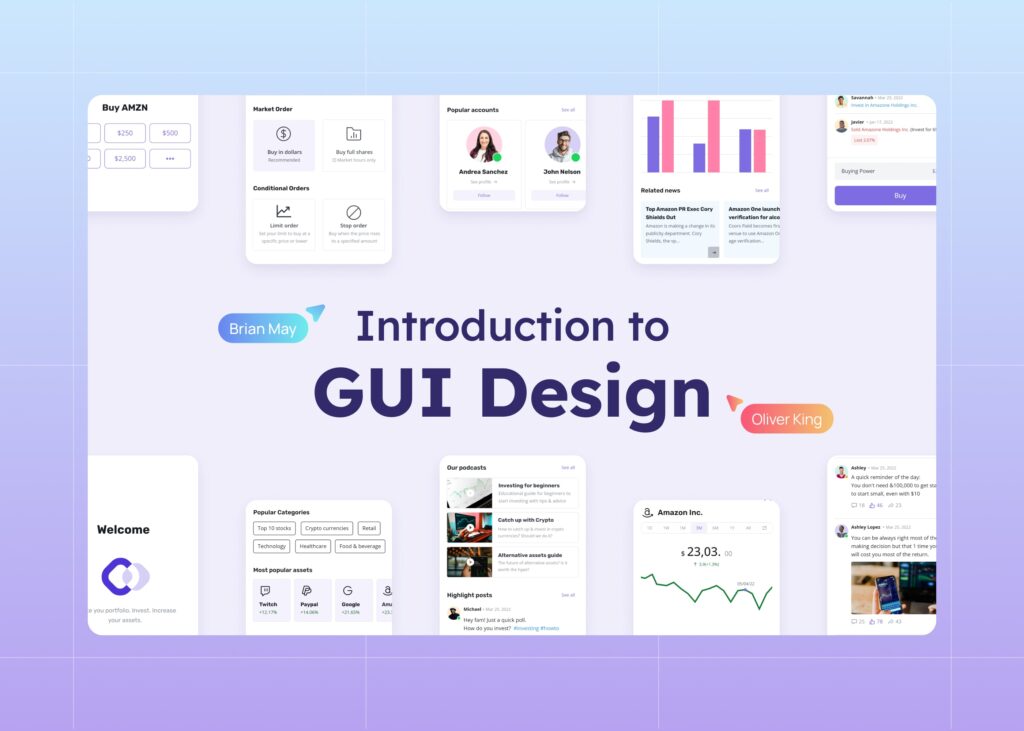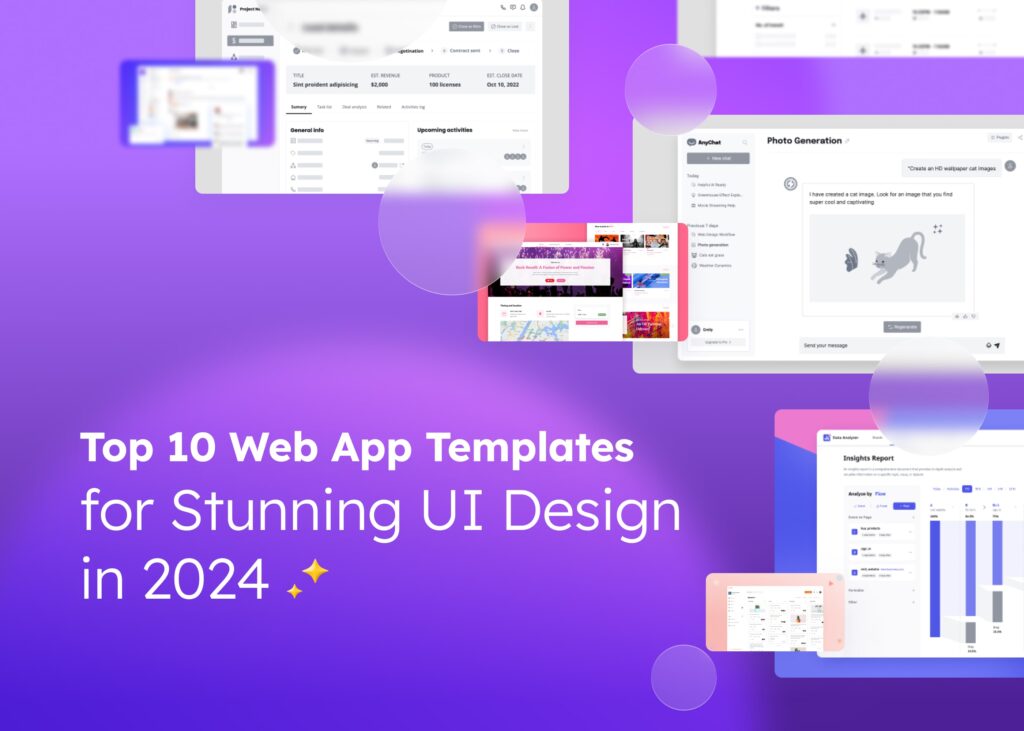When coming up with a product idea, a prototype is like a first draft. It’s an early version of your product that you can use for user testing. On the other hand, an MVP is also an early version of your product, but it has all the core features needed to solve a problem for your target users.
Both prototypes and MVPs are super important in software development. They help you test your business idea while minimizing development costs and time. You can get initial feedback from your early users to improve your product for further development.
The cool thing is that using a prototype or MVP ensures people will want to use your final product. This is a great way to attract early adopters and guide further product development.
So, in this blog post, we’ll look at the differences between prototypes and MVPs in the development process. Let’s dive in!
Key Takeaways:
- A prototype is a high-fidelity visual representation of a final product that displays the user experience. On the other hand, an MVP (Minimum Viable Product) is an early version of your product with core features to solve users’ problems.
- Both prototypes and MVPs are important in software development for testing ideas, minimizing costs, and getting user feedback.
- An MVP helps understand users’ needs, save time and money, and attract potential investors.
- An MVP can help you start with minimal resources, secure funding, avoid rejection, build customer relationships, and create a better final product.
- A prototype is a basic product version used to test ideas and ensure the product is easy to use.
- Prototyping is important as it helps determine what works and what doesn’t, shows ideas to others, and saves time and money.
- It’s often best to start with a prototype and then move on to MVP development in the digital product development process.
- Visily is an AI tool that makes it easy to create and test prototypes. With Visily, you can easily make changes to your prototype in real-time and see them reflected instantly.
Prototype vs. MVP: Key Differences
| Criteria | Prototype | Minimum Viable Product (MVP) |
|---|---|---|
| Definition | High-fidelity visual representation displaying user experience. | Early product version with core features to solve users’ problems. |
| Functionality | Simulates product’s functionality through basic actions. | Contains core features, functional but not fully-featured. |
| Purpose | Test ideas, identify issues, and refine concepts. | Gather user feedback, validate market demand, and refine functionality. |
| Development Stage | Early stage, pre-MVP development. | Subsequent stage after prototyping. |
| User Engagement | Limited, focused on basic interaction. | More engaging, offers a functional experience to early users. |
| Time and Cost Investment | Less time and cost-intensive. | Requires more time and resources for development. |
| Risk Mitigation | Helps identify problems early, reducing risks. | Validates market needs, lowers risk of developing unwanted features. |
| Iteration and Improvement | Facilitates easy changes and improvements. | Aims for iteration based on user feedback for enhanced features. |
What’s a Minimum Viable Product (MVP)?
MVP stands for Minimum Viable Product, like a test run for a new digital product. The development team makes a simple product version with the most important parts and the core functionality but doesn’t include all the features. This basic version, or product concept, is then shared with people to get their thoughts and ideas or user feedback.
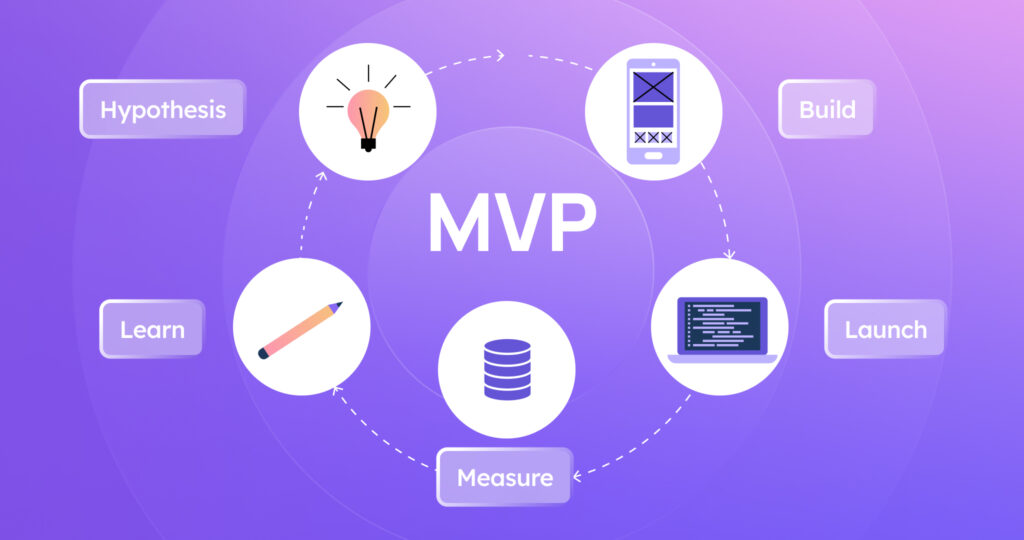
The main goal of an MVP is to learn more about what the customers want and need. By sharing the MVP, the team can learn much about what works and what doesn’t. They can then make changes and improvements to the product. This learning and improving process is one of the development stages.
Releasing an MVP is a smart move for many reasons. It helps the team get the product out faster, understand what the users need, save time and money, and even attract people who want to invest in the product. It’s all about making the best product possible in the smartest way possible.
Benefits of an MVP
Creating a new product can be like taking a shot in the dark. According to CB Insights, about 35% of new businesses don’t make it because they need to meet people’s wants or needs. One way to lower this risk is to start with a Minimum Viable Product or MVP. This is a simple version of your product with just enough features to satisfy early customers and provide feedback for future product development.
Here are some reasons why an MVP can be a big help.
- Starting with Minimal Resources: When you’re just starting, you might not have much money or time to spend on your product. An MVP lets you start small, using only what you have. You can focus on the key features that make your product unique instead of trying to do everything at once.
- Securing Funding: An MVP can also help you get money from investors. You can prove your business concept is solid by showing them a working product model. This can make investors more likely to give you the funds you need to develop a full-fledged product.
- Avoiding Rejections: Nobody likes to be told their idea is bad. But with an MVP, you can get feedback from your intended users before you invest too much into your product. This can help you avoid big disappointments down the road.
- Building Customer Relationships: An MVP also helps you build customer relationships. By involving them in the development process, you can ensure your product meets their needs. This can lead to better user engagement and even some loyal customers who will stick with you as your product grows.
- Creating Better Final Products: Finally, an MVP can lead to a better final product. By testing your product with real users, you can discover what works and what doesn’t. You can then use this feedback to improve your product, making it more likely to succeed in the market.
Finally, an MVP is a great tool for new businesses. It allows you to start small, secure funding, avoid rejection, build customer relationships, and create a better final product. So, if you have a product idea, consider starting with an MVP. It could be the key to your success.
What’s a Prototype?
A prototype is a high-fidelity visual representation of a final product that displays the user experience. It’s not a fully functioning product, but it showcases how a product works via simple actions like clickable buttons, screen changing, etc.
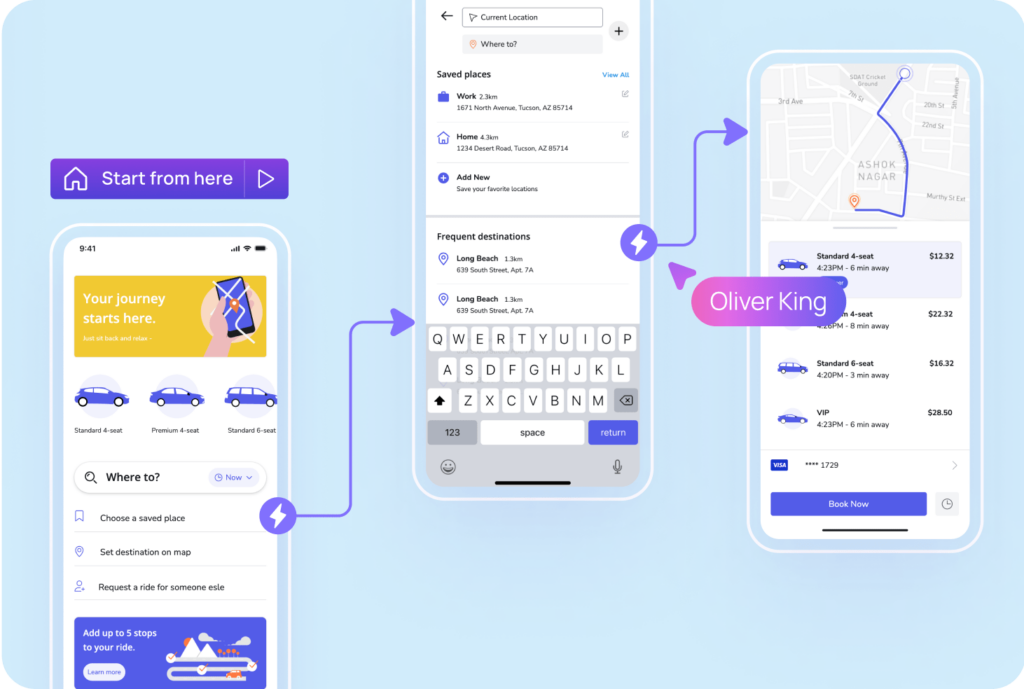
In digital product development and UI/UX, a prototype is a simple and basic product version. A prototype is super important in the digital product development process. It helps the team working on the product to test out their ideas and make sure the product is easy and effective to use.
For example, if you’re designing an e-commerce store, you might make a prototype to see how the product pages should be laid out or how the checkout process should work. Then, you can test it, make changes, and keep improving until you have a store ready to launch!
A prototype is like a practice run for making a digital product. It’s a way to try out ideas, find problems, and fix them before the final version is made.
The Importance Of Prototyping In Digital Product Development
It’s important to start with a prototype when making a digital product, like a website or an app. A prototype is like a practice run or a draft of your final product. It’s a way to test out your ideas before you put in all the work to make them real.
For example, let’s say you’re designing a new game app. You wouldn’t just start coding the game right away. First, you’d make a prototype.
Making a prototype is important for a few reasons. First, it helps you figure out what works and what doesn’t. Your game may be too hard, or it’s not fun to play. You can find and fix these problems by designing a prototype.
Second, a prototype can help you show your ideas to other people. You may need to convince your boss that your game is a good idea. You should get feedback from potential stakeholders. A prototype can help you do that.
Finally, creating a prototype can save you time and money. It’s much easier to change a prototype than it is to change a finished product. By finding and fixing problems early, you can avoid costly mistakes later on.
So, don’t skip the prototype if you’re working on a digital product. It’s an important step in the design process. Whether you’re making a website, an app, or a game, a prototype can help you make your product the best it can be.
MVP Development or Prototyping: Which One to Choose First?
When creating a digital product, like an app or a website, you must decide what to do first. Do you create a Minimum Viable Product (MVP) or do you make a prototype? Let’s break it down so it’s easier to understand.
It’s usually a smart choice to start with prototyping. Why? Because it’s easier and quicker to make a prototype than a full MVP.
You can map out your ideas with a prototype and see how they work together. You can make changes easily and test different features. It’s a great way to identify problems or issues before starting your MVP.
Once you’re happy with your prototype, you can develop your MVP. This is a more detailed and complete version of your product. It will take more time and effort to develop, but having a good prototype to start with can make the process smoother.
It’s often best to start with a prototype and then move on to MVP development in the digital product development process. This way, you can make sure your product is the best it can be.
Start Prototyping Your Digital Product with Visily
Ready to start prototyping your new digital product idea but not sure where to begin? Visily is an AI and user-friendly prototyping tool that makes it easy to mock up and test your product concepts. With an intuitive drag-and-drop interface, you can quickly create clickable prototypes that look and feel like the real thing.
Visily lets you choose from a wide variety of ready-made components like buttons, forms, menus, and more to assemble realistic prototypes. You can easily customize colors, fonts, images, and text to match your product vision. Interactive elements can be added with a simple click, allowing you to simulate navigation and workflows. Want user feedback from the team and stakeholders? Prototype links can be shared for real-time collaborative testing.
As your ideas progress, Visily makes iteration fast and seamless. Make changes to your prototype in real time and see them reflected instantly. There’s no need to start over from scratch. With easy version history tracking, you can return to previous iterations or duplicate and experiment while preserving your original prototype.
Take the guesswork out of product development. Start prototyping and user-testing your digital designs today with Visily!
